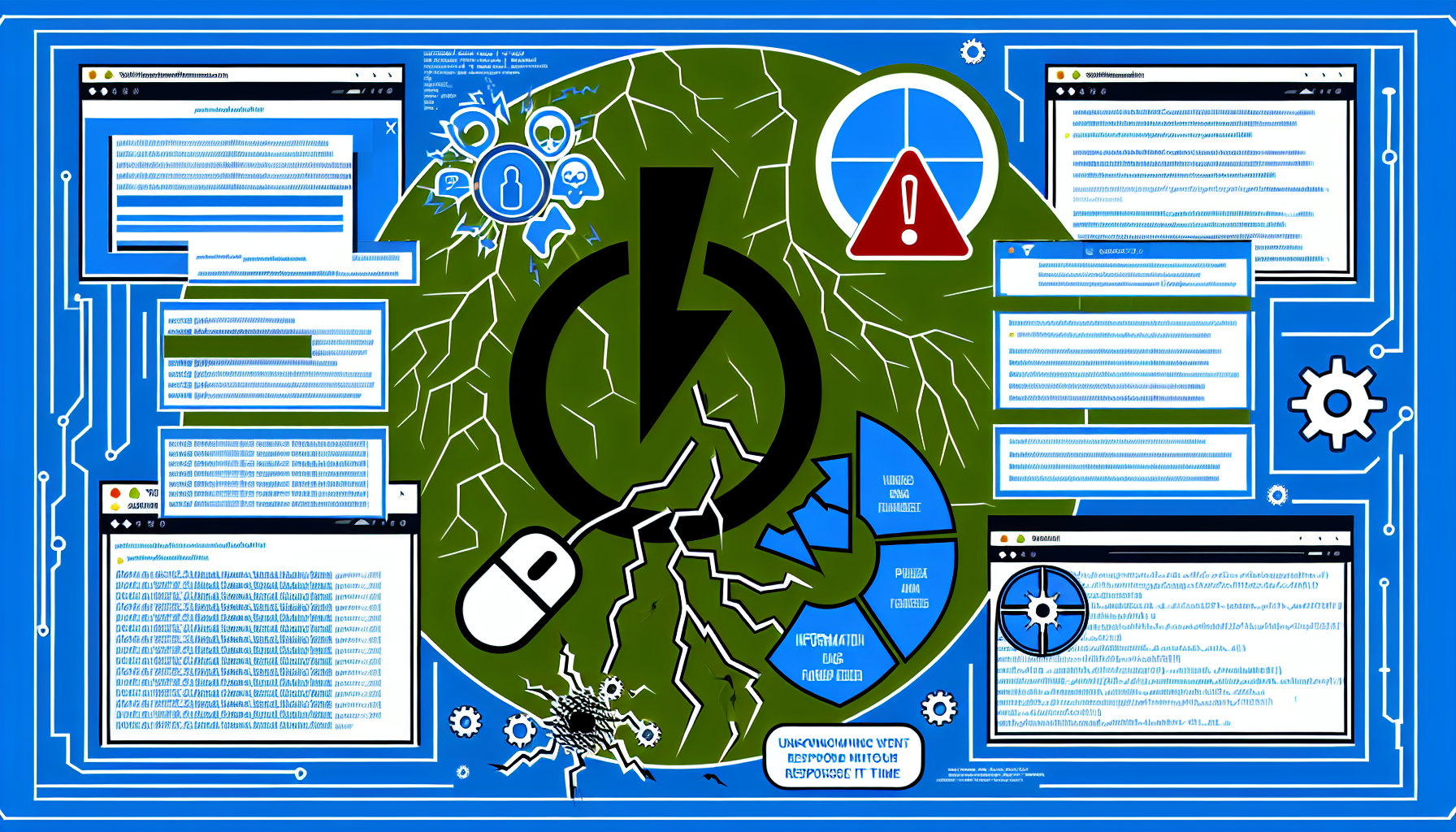07 April
Threat Overview
The cybersecurity landscape is constantly evolving, with threat actors developing increasingly sophisticated methods to evade detection and infiltrate systems. One such example is the recent activities of the ToddyCat Advanced Persistent Threat (APT) group, which has been observed using a novel tool called TCESB to stealthily execute payloads and bypass security solutions.
Published by AlienVault on April 7, 2025, the threat report titled How ToddyCat tried to hide behind AV software provides an in-depth analysis of the tactics, techniques, and procedures (TTPs) employed by this APT group. The report highlights the use of a vulnerability (CVE-2024-11859) in ESET Command line scanner for DLL proxying, leveraging a modified version of the open-source EDRSandBlast malware.
The ToddyCat APT group has demonstrated a high level of sophistication in their operations. The TCESB tool employs several advanced techniques to evade detection, including DLL proxying, kernel memory manipulation, and Bring Your Own Vulnerable Driver (BYOVD). These methods allow the attackers to bypass traditional security solutions and execute malicious payloads undetected.
DLL Proxying
One of the key techniques used by TCESB is DLL proxying. This method involves intercepting calls to legitimate Dynamic Link Libraries (DLLs) and redirecting them to malicious versions. By exploiting a vulnerability in the ESET Command line scanner, ToddyCat can inject their malicious code into the system without triggering security alerts.
Kernel Memory Manipulation
In addition to DLL proxying, TCESB also manipulates kernel memory to further evade detection. This involves modifying the operating system’s core components to hide the presence of malicious activities. By altering kernel structures and data, ToddyCat can ensure that their operations remain undetected by most security tools.
Bring Your Own Vulnerable Driver (BYOVD)
Another sophisticated technique employed by TCESB is BYOVD. This method involves installing a vulnerable driver on the target system to gain elevated privileges and bypass security controls. In this case, ToddyCat installs a vulnerable Dell driver to achieve their objectives. This approach allows them to execute malicious code with high-level access, making it difficult for security solutions to detect and mitigate the threat.
Payload Decryption
TCESB also decrypts AES-128 encrypted payloads to execute its malicious activities. By using strong encryption, ToddyCat ensures that even if their payloads are intercepted, they remain unreadable without the proper decryption keys. This adds an additional layer of complexity for security researchers and defenders.
Detection and Mitigation
The discovery of TCESB highlights the need for enhanced monitoring and detection capabilities within organizations. To effectively detect such sophisticated attacks, it is crucial to monitor driver installations and Windows kernel debug symbol loading events. By closely observing these activities, security teams can identify suspicious behavior and take appropriate action.
Recommendations
To mitigate the risks associated with the ToddyCat APT group and similar threats, organizations should consider the following recommendations:
- Regularly update and patch all software and systems to address known vulnerabilities.
- Implement advanced threat detection solutions that can identify and respond to sophisticated attacks in real-time.
- Monitor driver installations and kernel debug symbol loading events for any unusual activities.
- Conduct regular security audits and penetration testing to identify potential weaknesses in the system.
- Provide ongoing training and awareness programs for employees to recognize and report suspicious activities.
By adopting these best practices, organizations can enhance their cybersecurity posture and better protect against advanced threats like those posed by the ToddyCat APT group.
For more detailed information on the TCESB tool and the tactics employed by ToddyCat, refer to the external references provided in the threat report:
- Securelist: https://securelist.com/toddycat-apt-exploits-vulnerability-in-eset-software-for-dll-proxying/116086/
- AlienVault OTX Pulse: https://otx.alienvault.com/pulse/67f3cb12758e286216442770
These resources offer valuable insights into the techniques used by ToddyCat and provide guidance on how to defend against such threats.
In conclusion, the threat report published by AlienVault underscores the importance of staying vigilant in the face of evolving cyber threats. By understanding the TTPs employed by groups like ToddyCat and implementing robust security measures, organizations can better protect their systems and data from sophisticated attacks.
Like this:
Like Loading...
Related





